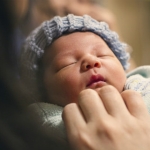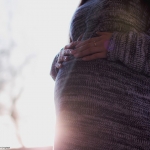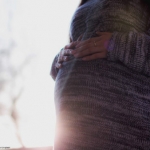While it is well-established that several of the older anticonvulsants, including valproate (Depakote), carry a significant teratogenic risk, less is known about the reproductive safety of the newer antiepileptic drugs (AEDs). The North American AED Pregnancy Registry was established in 1997 for pregnant women in the United States and Canada at the Massachusetts General Hospital. The purpose of the registry is to obtain and publish information on the frequency of major malformations among infants whose mothers have taken one or more AEDs during pregnancy.
Data from the North American AED Pregnancy Registry was recently published and included pregnant women taking antiepileptic drugs for any reason enrolled between 1997 and 2011. Data on antiepileptic drug use and maternal characteristics were collected via phone interview at enrollment, at 7 months’ gestation, and postpartum. Malformations were confirmed using medical records. Women were eligible for analysis if they had a liveborn infant, a stillborn infant, or a pregnancy terminated because of a fetal abnormality and were ineligible if they had a spontaneous abortion, withdrew from the Registry, or were lost to follow-up.
Of the 5,667 women taking an AED as monotherapy during the first trimester, 4,899 were eligible for analysis. The risks of major malformations were:
- 9.3% (30 of 323) for valproate (Depakote)
- 5.5% (11 of 199) for phenobarbital
- 4.2% (15 of 359) for topiramate (Topamax)
- 3.0% (31 of 1,033) for carbamazepine (Tegretol)
- 2.9% (12 of 416) for phenytoin (Dilantin)
- 2.4% (11 of 450) for levetiracetam (Keppra)
- 2.2% (4 of 182) for oxcarbazepine (Trileptal)
- 2.0% (31 of 1,562) for lamotrigine (Lamictal)
The risk estimates of major congenital malformations for gabapentin (Neurontin) and zonisamide (Zonegran) had very wide confidence intervals and, therefore, were uninformative.
First trimester exposure to valproate was associated with a higher risk of neural tube defects, hypospadias, cardiac defects, and oral clefts. For valproate-exposed infants without malformations the mean daily dosage was 750 mg. For valproate-exposed infants with malformations, the mean daily dosage was 1000 mg, suggesting that its teratogenic effects may be dose-dependent.
Five infants exposed to topiramate (1.4%) had a cleft lip; this is about 10-fold higher than expected based on any reference population (approximately 1 per 1,000 births in the general population).
This study demonstrates that AEDs such as valproate and phenobarbital were associated with significant risk of major malformations. In contrast, several of the newer AEDs, including lamotrigine and levetiracetam, appear to carry a lower risk. Consistent with previous reports in smaller samples, exposure to topiramate was associated with an increased risk of cleft lip compared with that of a reference population.
Ruta Nonacs, MD PhD
Hernández-Díaz S, Smith CR, Shen A, et al. Comparative safety of antiepileptic drugs during pregnancy. Neurology 2012; 78: 1692-1699.








Please let me know studies or any known information of Abilfy in Pregnancy
Thank you